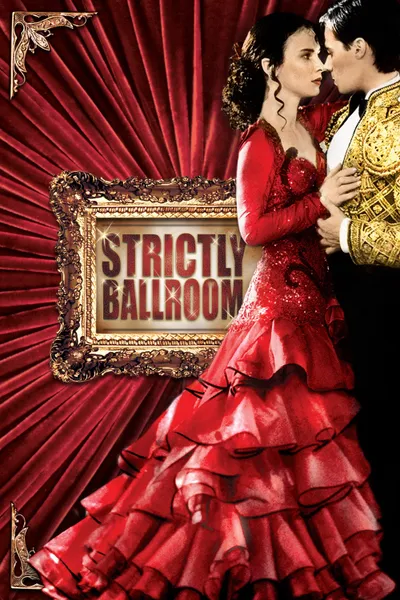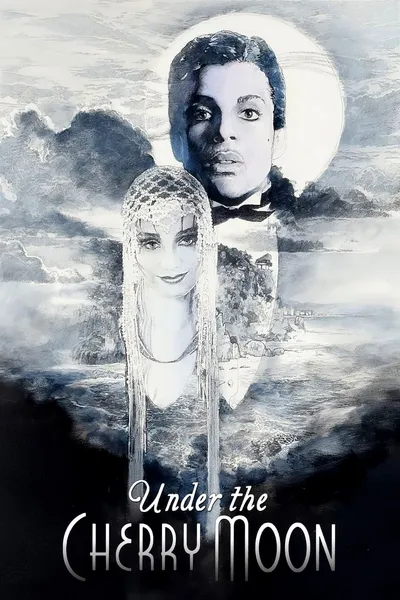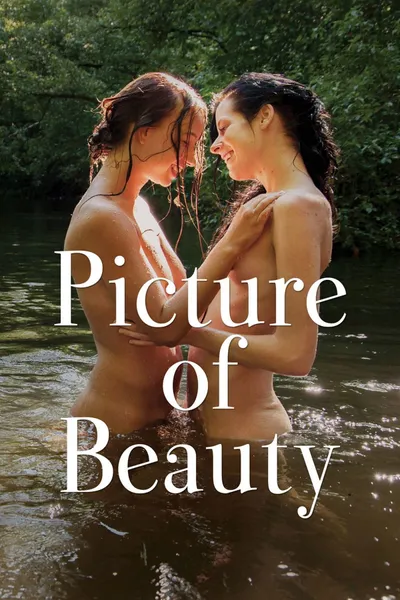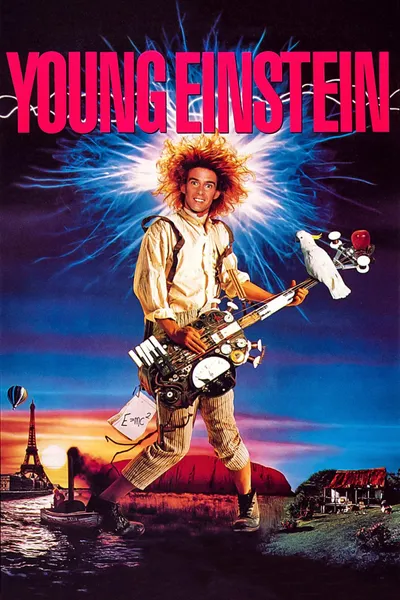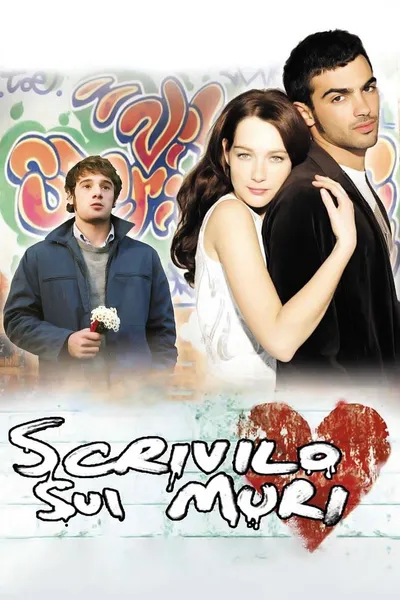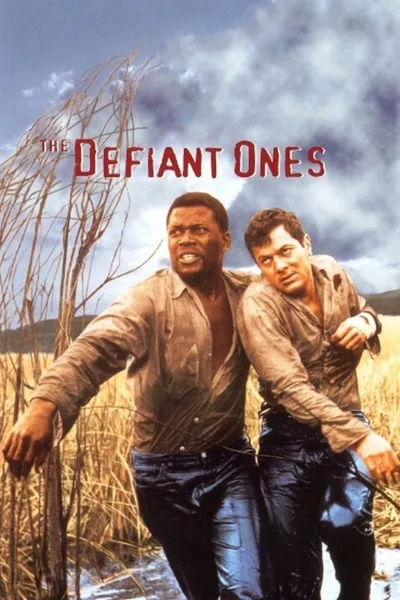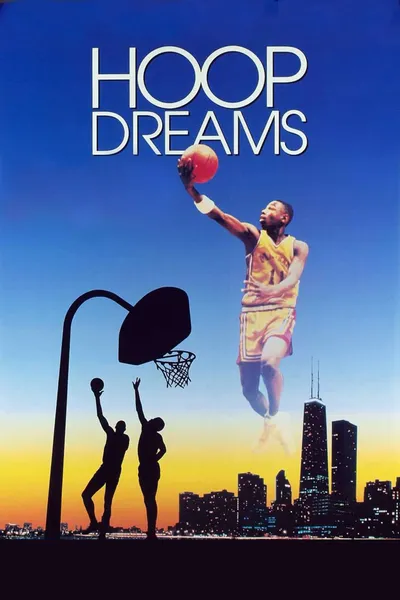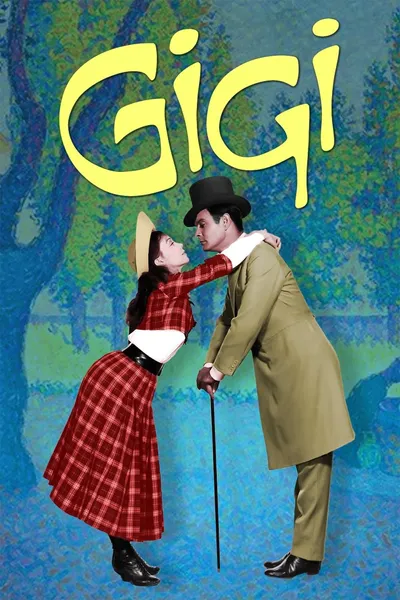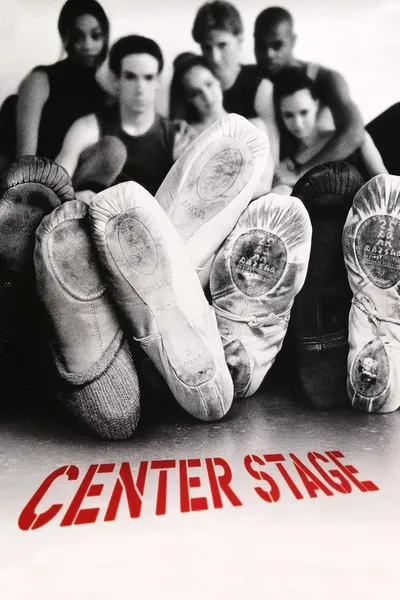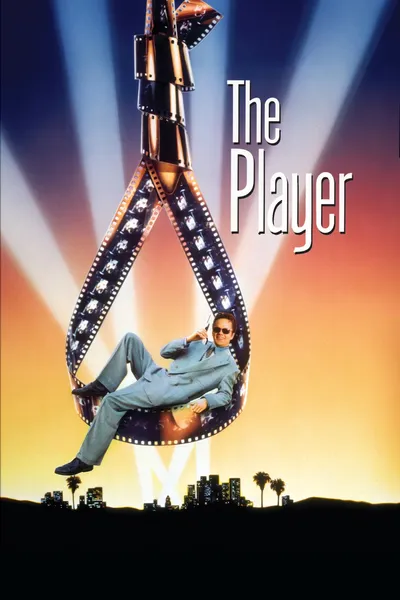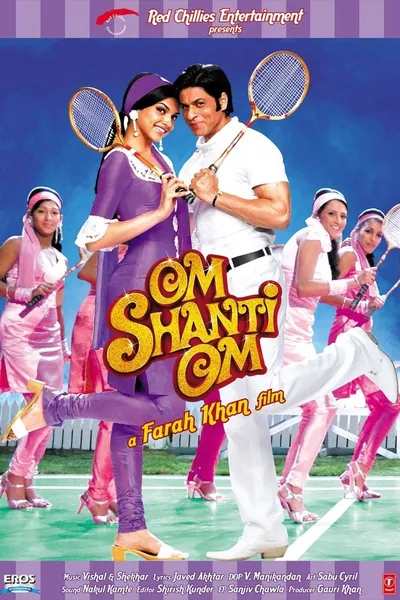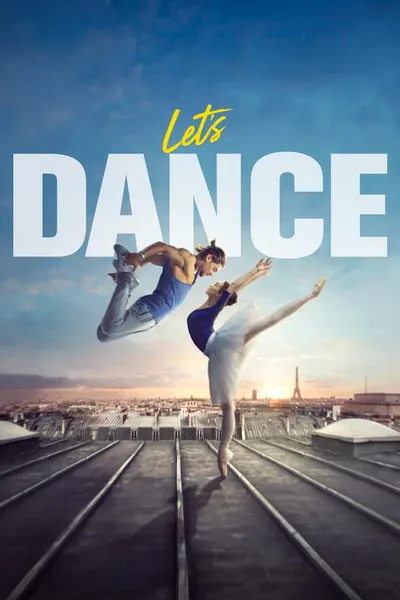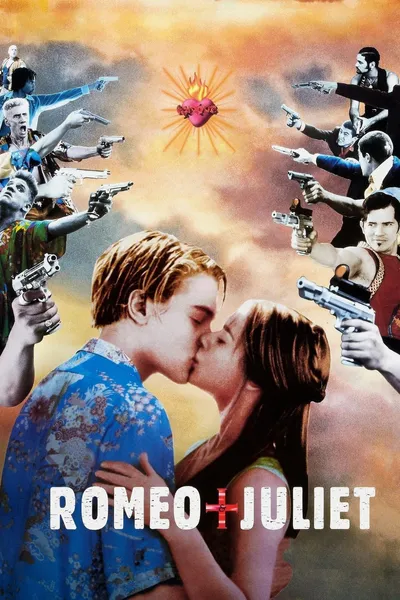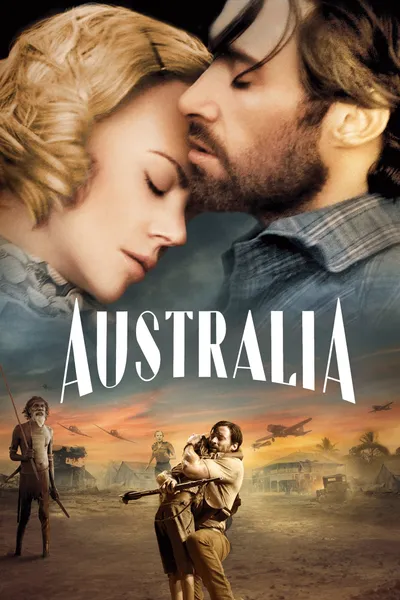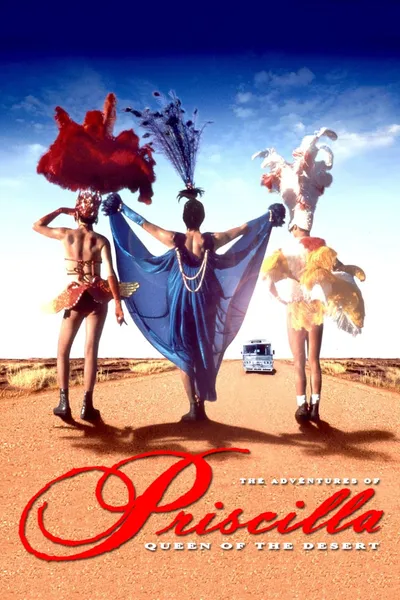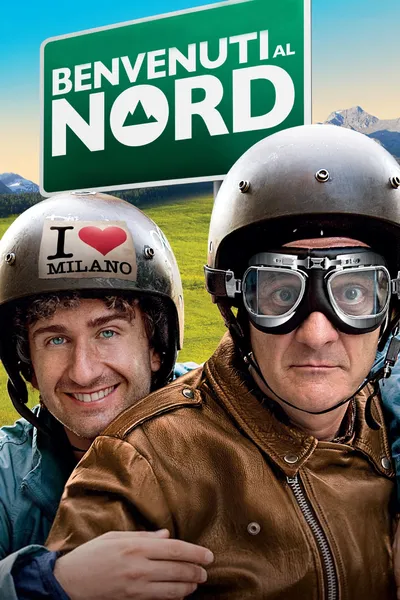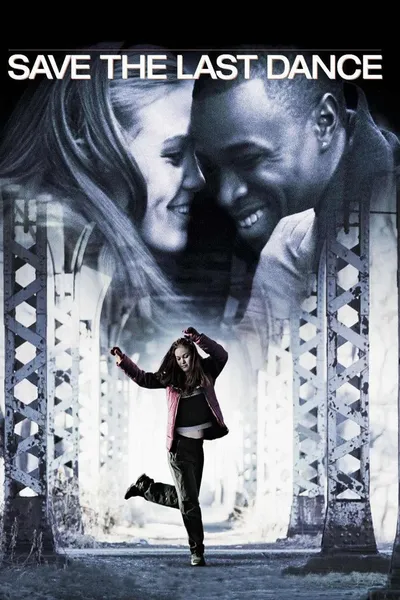Reviews



r96sk
May 4, 20218.0
Part 1 of Baz Luhrmann's Red Curtain Trilogy: 'Strictly Ballroom'.
Entertaining! It's as if 'Dirty Dancing' and 'Blades of Glory' had a baby. The comedic parts work better than the more romantic parts, but all in all it's an enjoyable watch - even for someone who holds no interest in dance. It's also extremely predictable, but that doesn't trouble the film one bit.
Debutants, like Luhrmann himself, Paul Mercurio (Scott) and Tara Morice (Fran) work well together, with Bill Hunter being the standout support; though he doesn't top his performance in 2003 classic 'Kangaroo Jack'. Sorry not sorry.

CinemaSerf
July 24, 20237.0
Rarely can one movie be credited with resurrecting an entire genre of programming, but this one certainly reinvigorated media - and participatory - interest in the reputationally staid pursuit of ballroom dancing. The young, accomplished and handsome "Scott" (Paul Mercurio) is determined to get to the top and to do it his way. He is not content to stick with the status quo as defined by the ageing committee led by the buffoon that is "Barry Fife" (Bill Hunter). His parents are sceptical, but when he alights on "Fran" (Tara Morice) then the championships are in their sights and the rules are there to be broken. Baz Luhrmann allows the cast and the dancing to do the work here. The dialogue is earthy, and witty at times but for the most part there is plenty of dancing that illustrates well the tough regimen of discipline required to perform at the highest levels in what is generally considered a rather sedate pastime. There are strong supporting characters a-plenty - not least his mother "Shirley" (Pat Thomson) and rather shrinking violet father "Doug" (Barry Otto) to complement the really rather excellent Hunter (and his toupé). It packs loads into ninety minutes and uses a fine soundtrack to help keep the whole thing moving along entertainingly.

Filipe Manuel Neto
March 11, 20247.0
**A film that remains fresh and enjoyable, even if the plot suffers from irritating clichés and other problems.**
Dance is one of those arts that is occasionally portrayed in cinema, and this film is reasonably similar to others that focus on ballroom dancing and major dance competitions (I'm thinking of the most obvious example, “Shall We Dance”, but there are others). Directed by Baz Luhrmann, it is one of the least acclaimed films of this director's career, but the fact that it went unnoticed does not take away from its qualities: it is undoubtedly a good film to watch and the story it tells us is still fresh.
It's not worth summarizing the plot, which centers on a young adult, under intense pressure to win an important dance prize, and the relationship he establishes with his newly discovered dance partner who quickly becomes his girlfriend. However, this young man wants to dance without feeling tied to the meticulous execution of already established steps and choreographies. This displeases the president of the Australian Dance Federation, who sees this creativity as a rebellious act against the codes of ballroom dancing. The film is a very effective romantic comedy, with very witty and engaging moments that work wonderfully well. The energy and joy that emanates is contagious and makes the pace faster, but the romantic plot is cliché and leaves the film predictable to the point of absurdity.
If the script has its weaknesses, this is largely compensated by the well-structured and remarkable work of the actors: let's forget the fact that even the glasses of Fran, Tara Morice's character, are an old soap opera's cliché, and see the work that she develops: although it is not an award-worthy effort, it is undoubtedly positive. Paul Mercurio, the main actor, is sullen and even rude towards his partner and other people. We also can't ignore that he doesn't have any kind of charisma (maybe that's why this actor wasn't successful), but he establishes a very good working relationship with Morice, and they develop harmoniously together. The secondary actors had better luck with the characters: Bill Hunter has the right to a very interesting character, with grotesque but well-crafted nuances, and Pat Thomson also did a well-done job.
On a technical level, the film stands out not only for the excellence of its soundtrack, where I would like to highlight the version of “Time After Time” (a classic that never leaves the ears of those who lived through the 80s and 90s), but also for the good quality of the sets, costumes and props used. I don't know if the film had a very high budget, but it can be seen that there was a strong and consistent investment in these elements, particularly in the construction of the spaces and the design of the dresses and dance costumes used in the competition scenes.
Recommendation Movies
Storm Boy1977
Under the Cherry Moon1986
Picture of Beauty2017
Young Einstein1988
Pygmalion1939
Scrivilo sui muri2007
Support Your Local Sheriff!1969
The Defiant Ones1958
Hoop Dreams1994
Vera Drake2004
Gigi1958
Center Stage2000
The Player1992
Om Shanti Om2007
Let's Dance2019
Romeo + Juliet1996
Australia2008
The Adventures of Priscilla, Queen of the Desert1994
Welcome to the North2012
Save the Last Dance2001
© 2024 MoovieTime. All rights reserved.Made with Nuxt
